Stakeholders mapping
What is it about?
Stakeholders mapping is the visual process of laying out all the stakeholders of an organisation, or project, in one map. The main benefit of a stakeholder map is to get a visual representation of all the people who can influence your transition project and how they are connected. It’s good to have a detailed stakeholder map and know how to involve the right people when you plan to launch a new product or service or revisit your overall organization’s strategy.
Whether you are planning a new circular project or kicking off an internal program that mostly affects your team, it’s important to understand the different types of stakeholders to involve. Each project has internal and external stakeholders and drawing a clear line between the two will help you set the right priorities and find the approach that works for your specific situation.
Why is it relevant?
Stakeholder mapping allows you to identify key players that will influence your circular project and its success.
Find out who has the most influence: When you build a stakeholder map, you can easily see who will have the highest-level influence over a project.
Focus on those who benefit most: Stakeholder maps help you see who will benefit most from the end-product, so you can focus on marketing to that person for either sales or resources.
See where resources are most plentiful: Often when you build a stakeholder map, you’ll see who has restraints on the project and who has more resources, so internally you can put the right people on your team.
Have a game plan: Overall, a stakeholder map gives you a good idea of who you’re trying to satisfy when building this project
Steps to conduct this activity
Step 1: List all your stakeholders on various post-its: users, direct stakeholders (contributing to your offering), indirect stakeholders (possibly influencing your offering). Place them on the stakeholders diagramme ( below).
Some of these stakeholders may take a critical role. Others may be less important. Take the time to identify the importance of these stakeholders
Step 2: Prioritise your stakeholders on the following matrix depending on the interest and level of influence of your stakeholders. Place one post-it per stakeholder.


